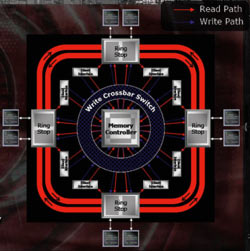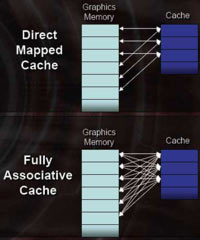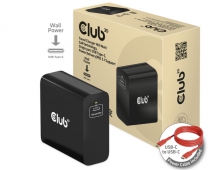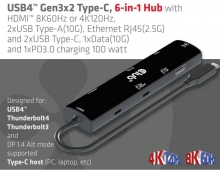Club3D X1800XT
2. Features
| Main Features | |
| GPU | ATI Radeon X1800XT - R520 |
| Memory Brand/Model | Samsung K4J52324QC-BJ12 |
| Memory Type | 512MB 256-bit GDDR3 |
| Engine Clock Speed | 600MHz |
| Memory Clock Speed | 1.4GHz |
| Memory Bandwidth | 48Gb/s |
| Pixel Shader Processors | 16 |
| Vertex Shader Processors | 8 |
| Fill Rate | 10000Mp/s |
| Pixel Shader Support | 3.0 |
| Output | 2 x DVI-I, 1 VIDEO |
| Bus | PCI-E 16X |
| Process | 90nm |
The Club3D X1800XT is based on the new and long-awaited R520 core from ATI. It features 512MB of 1.2ns Samsung memory, which is the largest amount and fastest memory that can be currently found in a graphics card.
The R520 is a 16 Pixel shader processor chip, featuring 8 vertex shader processors, 16 texture address units, 16 texture units and 16 Render Back-End Units.
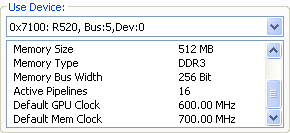
ATI rebuilt the R520 from scratch to bring to the core more features than previous products. First of all, the R520 along with all the X1000 series is based on a 90nm process technology to fit all the transistors on the new circuit. The pixel shader engine is now controlled by an "Ultra-threaded dispatcher", which dynamically assigns pixel shader operations to 4 individual quads of shader cores. Unlike the previous versions, the new ATI shader cores are now able to handle Shader Model 3.0 instructions just like all NVidia GPUs could since the GeForce 6 series.
Another X1000 innovation is the new memory controller architecture. To make things simple, instead of clients requesting for data directly from the memory controller, all communications is now made using tokens that roam around a ring surrounding the memory controller. Whenever a client needs to issue a request or the controller needs to send data, it alters one of the tokens. Although this technology is really borrowed from networking, it is very interesting to see it applied to graphics cards.
Finally, another nice change the R520 brought, regards cache memory. Instead of mapping each partition of the cache memory to specific partitions of the graphics memory, the cache can now hold data from any part of the memory without any restrictions.


